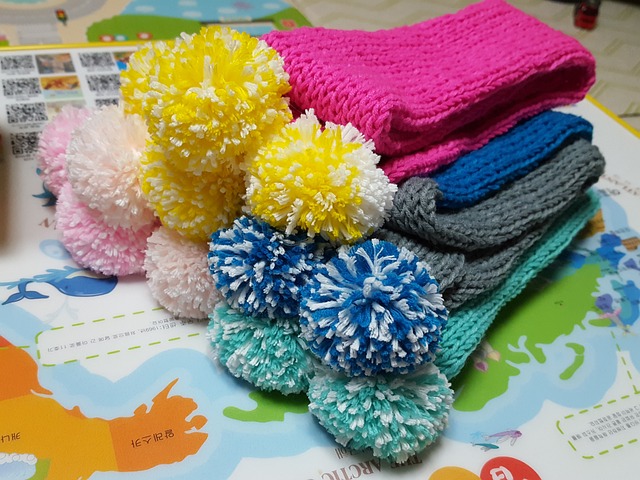
Discover the joy of creating your own beauty gifts at home with our collection of 10 essential DIY recipes.
From luxurious bath bombs to nourishing lip balm and handmade soap, this article provides step-by-step instructions for crafting personalized beauty products that are both thoughtful and budget-friendly.
Whether you're looking to pamper yourself or surprise a loved one, these easy-to-follow recipes will allow you to unleash your creativity and indulge in the freedom of DIY beauty.
Homemade Bath Bombs
Homemade bath bombs can be crafted at home with a few simple ingredients and a double preposition. Creating your own bath bombs allows you to personalize your bathing experience while avoiding harmful chemicals found in store-bought options.
To get started, you will need DIY bath bomb molds, which are readily available online or at craft stores. These molds come in various shapes and sizes, allowing you to unleash your creativity and make unique designs.
Additionally, bath bomb color options are endless. You can experiment with different combinations of natural food coloring, mica powders, or even dried flower petals to create stunning and vibrant bath bombs. Whether you prefer soothing pastels or bold and vibrant hues, the choice is yours.
Get ready to transform your bathing routine into a luxurious and enchanting experience with your very own homemade bath bombs.
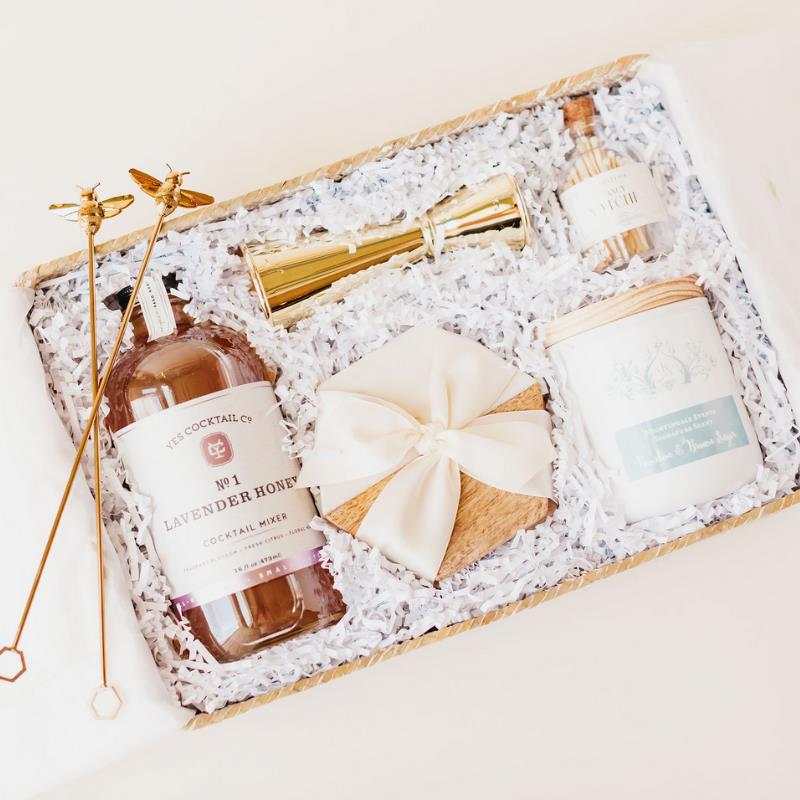
DIY Lip Balm
When it comes to DIY lip balm, there are numerous flavor options to choose from, allowing you to create a personalized lip balm that suits your preferences.
Additionally, using natural ingredients in your lip balm not only ensures that you are avoiding harmful chemicals, but it also provides nourishment and hydration to your lips.
With an abundance of DIY lip balm recipes available, you can easily find one that suits your needs and get started on creating your own customized lip care products.
Flavor Options for Lip Balm
There are a variety of flavor options available for DIY lip balm, offering a range of choices for personalization.
When making your own lip balm, you can experiment with different flavors to create a product that suits your preferences.
Some popular flavor options for lip balm include fruity flavors like strawberry, watermelon, and mango.
If you prefer a more refreshing taste, you can opt for mint or citrus flavors like lemon or orange.
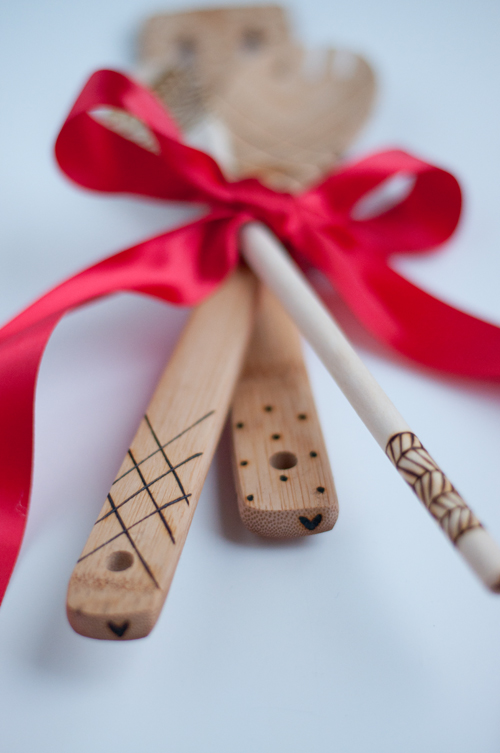
For those who enjoy a more indulgent experience, chocolate or vanilla flavors can be added to create a delicious treat for your lips.
The great thing about DIY lip balm recipes is that you have the freedom to mix and match flavors to create your own unique combinations.
Natural Ingredients for Lip Balm
To create a truly nourishing and eco-friendly DIY lip balm, it is essential to utilize natural ingredients that offer both moisturizing and protective benefits. Natural ingredients not only provide hydration to the lips but also ensure that no harmful chemicals are being applied to the skin.
Here are some alternative ingredients for lip balm that you can consider:
- Beeswax: Beeswax is a common ingredient in lip balms due to its moisturizing properties. It forms a protective barrier on the lips, preventing moisture loss and keeping them soft and supple.
- Coconut oil: Coconut oil is another great option as it is deeply moisturizing and also has antimicrobial properties that can help protect the lips from infections.
- Shea butter: Shea butter is rich in vitamins and fatty acids, making it an excellent ingredient for nourishing and healing dry and chapped lips.
DIY Lip Balm Recipes
Continuing the exploration of natural ingredients for lip balm, let's now delve into DIY lip balm recipes that incorporate these nourishing elements.
Making your own lip balm not only allows you to control the ingredients, but also gives you the freedom to customize it according to your preferences.
One of the exciting aspects of DIY lip balm is the wide range of flavored balm options available. You can experiment with different essential oils such as peppermint, lavender, or vanilla to create a lip balm that tantalizes your taste buds.
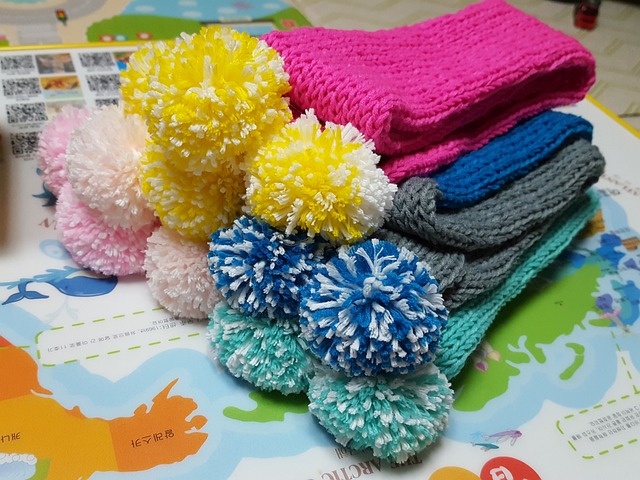
The benefits of homemade lip balm go beyond just the flavors. By using natural ingredients like beeswax and coconut oil, you can provide deep hydration and protection to your lips, keeping them soft, smooth, and healthy.
Homemade Soap
Regularly, creating homemade soap is a rewarding and skillful craft that allows you to customize your cleansing routine. Not only does it provide a luxurious and personalized bathing experience, but it also gives you the freedom to choose from a wide range of scent options and decorative molds. Here are three reasons why homemade soap is a fantastic addition to your self-care routine:
- Scent options: With homemade soap, you can experiment with different essential oils and fragrances to create your signature scent. Whether you prefer floral, citrusy, or earthy aromas, the possibilities are endless.
- Decorative molds: Homemade soap allows you to unleash your creativity by using decorative molds. From intricate designs to fun shapes, you can make your soap visually appealing and unique.
- Natural ingredients: Making your soap at home allows you to control the ingredients and avoid harmful chemicals often found in commercial soaps. You can opt for natural and nourishing ingredients like shea butter, coconut oil, and honey, ensuring a gentle and moisturizing cleanse.
DIY Body Scrub
DIY body scrubs offer a multitude of benefits, from exfoliating the skin to promoting a healthy glow.
By using natural ingredients such as sugar, salt, or coffee grounds, you can create a personalized scrub that suits your skin type and preferences.
These scrubs not only remove dead skin cells but also stimulate blood circulation, leaving your skin feeling refreshed and rejuvenated.
Exfoliating Benefits of Scrubs
The exfoliating benefits of scrubs can enhance the overall appearance and texture of the skin. Regular exfoliation helps to remove dead skin cells, unclog pores, and promote cell turnover, resulting in smoother, brighter skin.
There are different types of exfoliating scrubs available, each offering specific benefits:

- Physical scrubs: These contain small particles or granules that physically remove dead skin cells when massaged onto the skin. They are effective in smoothing rough areas and improving circulation.
- Chemical scrubs: These contain ingredients like alpha-hydroxy acids (AHAs) or beta-hydroxy acids (BHAs) that exfoliate the skin chemically by dissolving the bonds between dead skin cells. They are great for targeting specific skin concerns like acne or hyperpigmentation.
- Natural scrubs: These use natural ingredients like sugar, salt, or coffee grounds to exfoliate the skin gently. They are ideal for those with sensitive skin or who prefer a more eco-friendly option.
Natural Ingredients for Scrub
Exfoliation is enhanced by incorporating natural ingredients into DIY body scrubs, promoting healthier and more radiant skin. When it comes to creating homemade scrubs, there is a wide range of natural ingredients that can be used to achieve various benefits.
For instance, coffee grounds are an excellent choice for a scrub due to their invigorating properties and ability to improve circulation. Sugar, on the other hand, acts as a gentle exfoliant and is suitable for sensitive skin.
For those looking to brighten their complexion, lemon juice can be added to the scrub to help lighten dark spots and even out skin tone. Additionally, ingredients like honey, oatmeal, and coconut oil can provide hydration and nourishment to the skin.
DIY Face Masks
Face masks are a popular choice for at-home beauty treatments. They provide a quick and effective way to give your skin a boost and address specific skincare concerns. DIY face masks are a great addition to your skincare routine, as they can be customized to suit your skin type and needs.
Here are some benefits of incorporating DIY face masks into your beauty regimen:
- Natural Ingredients: DIY face masks allow you to take control of what you put on your skin. You can use all-natural ingredients like honey, yogurt, avocado, and oats, which are known for their nourishing and soothing properties.
- Cost-effective: Making your own face masks at home is a budget-friendly alternative to store-bought options. You can save money by using ingredients from your kitchen pantry.
- Personalized Treatment: DIY face masks can be tailored to address specific skin concerns, such as acne, dryness, or dullness. You can experiment with different ingredients and recipes to find the perfect match for your skin.
Incorporating DIY face masks into your skincare routine can be a fun and rewarding way to pamper yourself while achieving healthier and radiant skin.
Homemade Lotion
Homemade lotion is a wonderful way to nourish and hydrate your skin with natural ingredients. By making your own lotion, you have control over the ingredients and can tailor it to your specific needs.
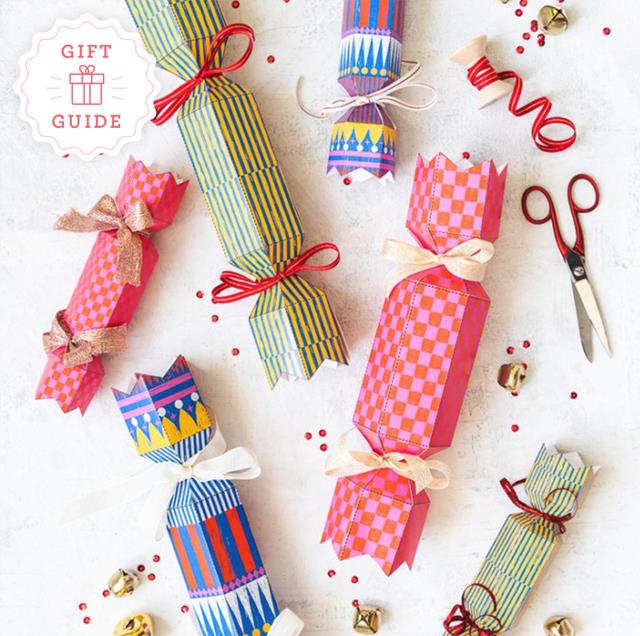
In this discussion, we will explore the different ingredients and their benefits. We will also share some DIY lotion recipes and provide tips for creating successful homemade lotions.
Lotion Ingredients and Benefits
The benefits of homemade lotion are evident in its ability to nourish and hydrate the skin using carefully selected ingredients. When making lotion at home, you have the freedom to choose the best ingredients for your specific needs.
Some common lotion ingredients and their benefits include:
- Shea Butter: Known for its moisturizing properties, shea butter helps to soften and soothe the skin, making it an ideal ingredient for dry or sensitive skin types.
- Coconut Oil: Coconut oil is rich in fatty acids, which help to lock in moisture and provide a protective barrier for the skin. It also has antimicrobial properties that can help to prevent infections.
- Essential Oils: Adding essential oils to your homemade lotion provides not only a pleasant scent but also additional benefits for the skin. For example, lavender essential oil can help to calm and relax the skin, while tea tree oil has antimicrobial properties.
DIY Lotion Recipes
For crafting homemade lotion, you can start with a variety of simple and effective DIY lotion recipes. One popular option is DIY lotion bars, which are solid forms of lotion that melt with the heat of your skin. These bars are easy to make and convenient to use, as they can be stored in a tin or container for on-the-go moisturizing.
Another option is to create a moisturizing body butter, which is a thick and creamy lotion that deeply hydrates and nourishes the skin. You can customize the scent and texture of your body butter by using different oils and essential oils.
With these DIY lotion recipes, you can create personalized skincare products that are free from harmful chemicals and gentle on your skin.
Tips for Homemade Lotions
When creating your own lotions at home, it is important to keep in mind these helpful tips for achieving the best results:

- Use natural skincare ingredients: Opt for natural oils like coconut oil, shea butter, and almond oil as the base of your homemade lotion. These ingredients are nourishing and gentle on the skin, ensuring a healthy and moisturizing product.
- Incorporate essential oils for lotions: Essential oils not only add a pleasant fragrance to your homemade lotion but also provide additional benefits for the skin. Lavender oil promotes relaxation, while tea tree oil has antibacterial properties. Choose essential oils that suit your preferences and skincare needs.
- Experiment with different ratios: Finding the perfect consistency for your homemade lotion might require some trial and error. Start with a basic recipe and adjust the amounts of oils and water until you achieve the desired texture.
DIY Nail Polish
One can create their own nail polish at home using simple ingredients and tools. DIY nail polish allows you to unleash your creativity and experiment with various colors and finishes.
To make homemade nail polish, you will need a clear nail polish base, pigment or eyeshadow for color, and mixing tools such as a small funnel or toothpick. Start by crushing the pigment or eyeshadow into a fine powder and then mix it with the clear nail polish base. You can adjust the intensity of the color by adding more or less pigment.
Once mixed, pour the nail polish into a clean bottle and let it sit for a few days to allow the ingredients to fully blend.
When it's ready, you can use your DIY nail polish to create unique homemade nail art and keep your nails looking fabulous. Don't forget to follow nail care tips such as keeping your nails clean, moisturized, and well-trimmed for the best results.
DIY Perfume
Continuing the exploration of DIY beauty products, creating your own perfume at home allows you to indulge in the art of fragrance-making and experiment with different scents.
Making your own perfume not only gives you the freedom to customize the fragrance according to your preferences but also saves you money compared to store-bought perfumes.
Here are some perfume recipes to get you started:
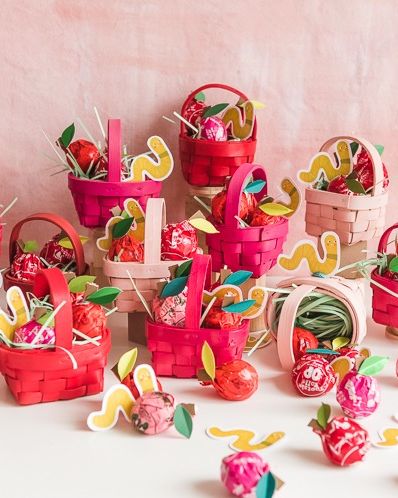
- Floral Delight: Mix 10 drops of rose fragrance oil, 5 drops of jasmine fragrance oil, and 2 drops of lavender fragrance oil for a romantic and feminine scent.
- Citrus Burst: Combine 10 drops of orange fragrance oil, 5 drops of lemon fragrance oil, and 3 drops of grapefruit fragrance oil for a refreshing and energizing fragrance.
- Woodsy Charm: Blend 7 drops of sandalwood fragrance oil, 5 drops of cedarwood fragrance oil, and 3 drops of patchouli fragrance oil for a warm and earthy scent.
Remember to experiment with different combinations of fragrance oils to find your signature scent. Happy fragrance-making!
Homemade Hair Masks
To further explore the realm of DIY beauty products, let's delve into the realm of homemade hair masks.
Hair masks are a great way to nourish and repair your hair, all while using natural ingredients that can be found in your own kitchen. There are countless hair mask recipes available that cater to different hair types and concerns.
From moisturizing masks for dry and damaged hair to strengthening masks for weak and brittle hair, there is a hair mask recipe for everyone. The benefits of using hair masks are numerous. They can help to restore shine and luster to dull hair, improve hair texture, and promote hair growth.
Additionally, using homemade hair masks allows you to have control over the ingredients, avoiding harmful chemicals often found in commercial hair products. So why not pamper yourself and give your hair the love it deserves with a homemade hair mask?
DIY Bath Salts
Next on our exploration of DIY beauty products is the creation of DIY bath salts. DIY bath salts are a wonderful addition to your self-care routine, providing numerous benefits for both your body and mind. Here are some DIY bath salts benefits and recipes to get you started:
- Relaxation and stress relief: DIY bath salts infused with essential oils like lavender or chamomile can help calm your mind and promote relaxation after a long day.
- Skin nourishment: Adding ingredients like Epsom salt, sea salt, or Himalayan salt to your bath salts can help detoxify, exfoliate, and nourish your skin, leaving it soft and glowing.
- Muscle and joint pain relief: Bath salts made with Epsom salt can help soothe muscle aches and joint pains, making them a great choice for post-workout recovery.
To make your own DIY bath salts, you can try simple recipes like lavender and Epsom salt, citrus and sea salt, or rosemary and Himalayan salt. Experiment with different combinations to find your favorite blend and enjoy the luxurious experience of a homemade bath salt soak.
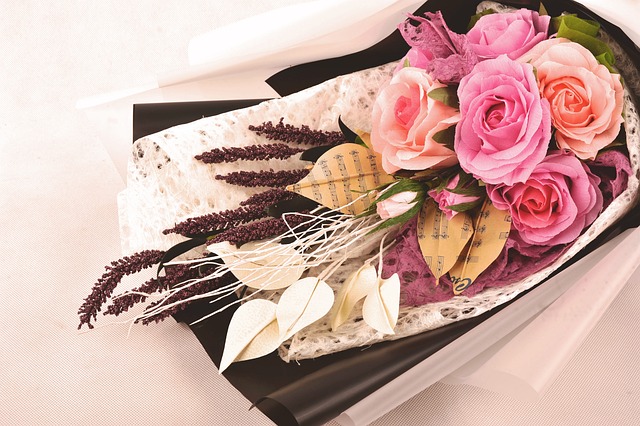
Frequently Asked Questions
Can I Use Regular Food Coloring Instead of Cosmetic-Grade Coloring in Homemade Bath Bombs?
Regular food coloring can be used as an alternative to cosmetic-grade coloring in homemade bath bombs. However, it is important to note that food coloring may not produce the same vibrant and long-lasting colors as cosmetic-grade coloring.
How Long Do Homemade Lip Balms Typically Last Before They Expire?
To prolong the shelf life of homemade lip balms, it is important to store them in a cool, dry place and use clean utensils during the making process. Adding natural preservatives like vitamin E oil can also help. Additionally, for those interested in making flavored lip balms at home, using essential oils or natural extracts can provide a pleasant scent and taste.
Can I Use Any Type of Oil in Homemade Soap, or Are There Specific Oils That Work Best?
When making homemade soap, it is important to consider the type of oil used. Certain oils, such as coconut oil and olive oil, work best for soap making due to their cleansing and moisturizing properties.
Is It Necessary to Use a Preservative in Homemade Body Scrubs to Prevent Bacteria Growth?
When making homemade body scrubs, it is important to consider the effectiveness of natural preservatives in preventing bacteria growth. Additionally, using organic ingredients in DIY beauty products can provide various benefits for the skin.
Can I Use Regular Table Salt Instead of Epsom Salt in DIY Bath Salts?
Epsom salt is commonly used in DIY bath salts due to its numerous benefits, such as soothing sore muscles and promoting relaxation. However, regular table salt can be used as an alternative, although it may not provide the same therapeutic effects.